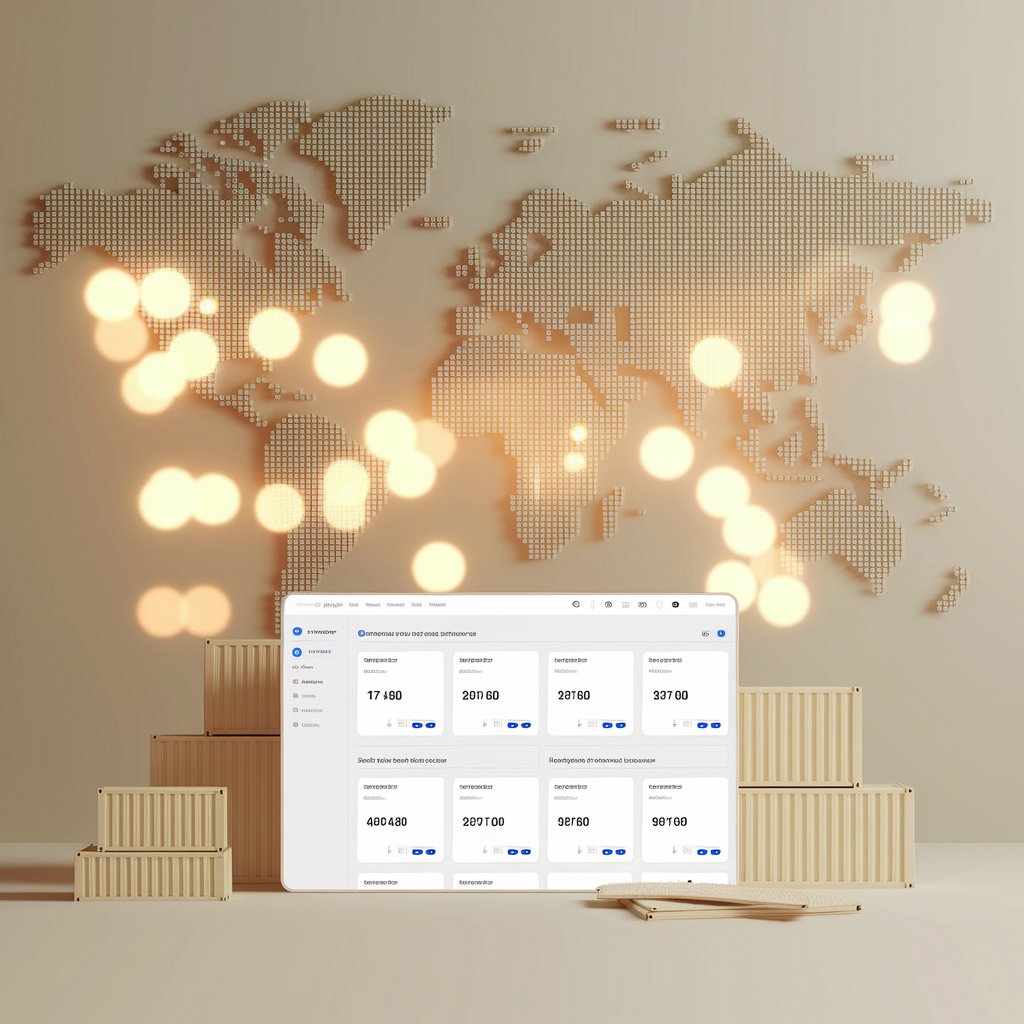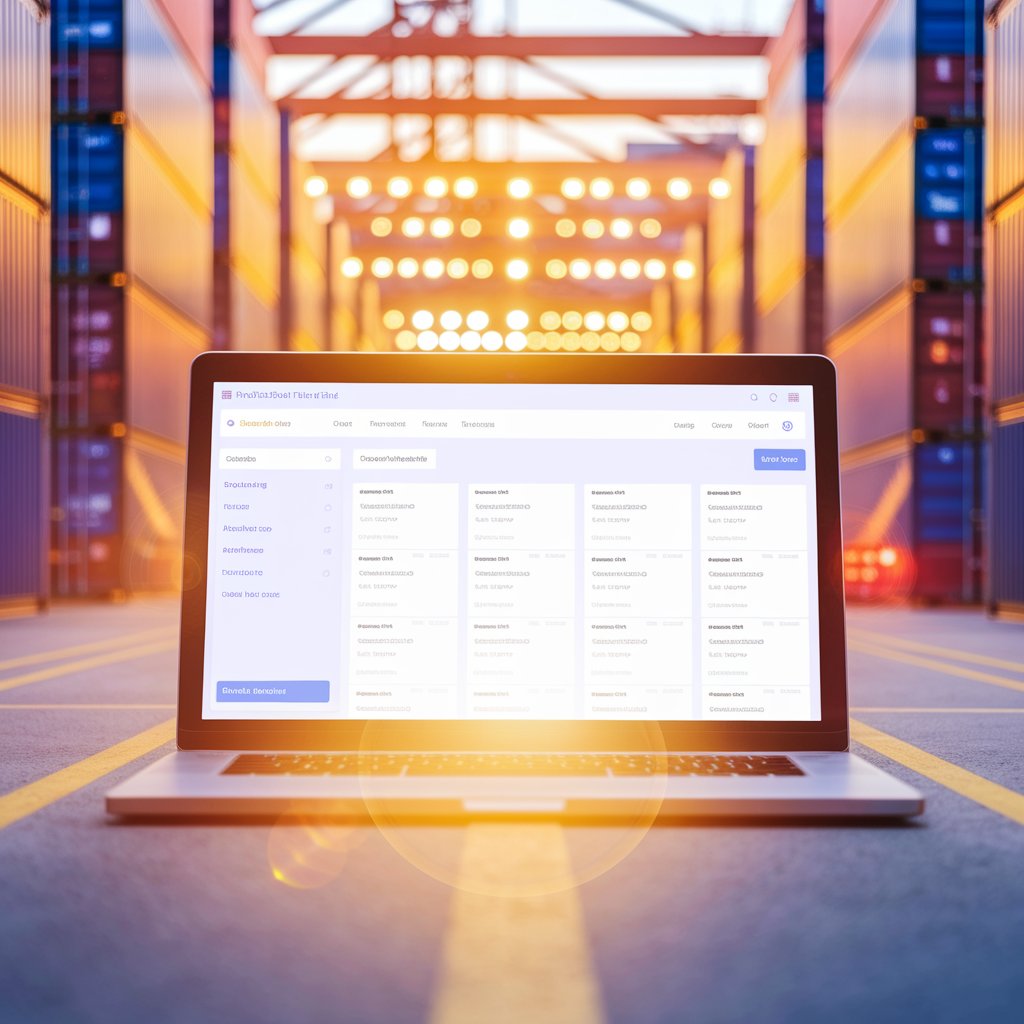Digital Forwarding Tools: Transforming the Future of Freight Operations

Introduction
Digital forwarding tools are redefining how freight forwarders operate, offering cloud-based platforms that centralize booking, tracking, documentation, and customer communication. By embracing these solutions, logistics companies can accelerate processes, improve visibility, and deliver a seamless customer experience.
What Are Digital Forwarding Tools?
Digital forwarding tools are specialized software solutions designed for freight forwarders to manage every stage of the shipment lifecycle. They typically include:
- Online Booking Systems to confirm shipments in minutes
- Real-Time Cargo Tracking with milestone alerts
- Automated Document Generation for compliance and customs
- Rate Management & Quoting Engines with instant pricing
- Customer Portals for self-service shipment visibility

Key Benefits for Freight Forwarders
Benefit | Impact |
Faster Operations | Reduce manual tasks and delays |
Cost Efficiency | Minimize errors and optimize carrier selection |
Improved Transparency | Provide customers with real-time updates |
Better Collaboration | Connect teams, carriers, and clients in one place |
Competitive Advantage | Offer modern, tech-driven logistics services |
How Digital Forwarding Tools Work
- Data Entry: Shipment details, cargo specs, and destinations are entered into the platform.
- Rate Retrieval: Integrated APIs fetch carrier rates instantly.
- Booking Confirmation: The platform reserves space with the chosen carrier.
- Document Automation: Bills of Lading, invoices, and customs forms are generated automatically.
- Tracking & Updates: The system sends real-time notifications for each shipment milestone.

Advanced Use Cases
- AI-Powered Route Optimization for cost and time savings
- Customs Clearance Automation to reduce delays
- Predictive Analytics for better capacity planning
- API Integrations with ERP and WMS systems for end-to-end control
Why It’s Essential for Modern Freight
Shippers expect faster quotes, transparent tracking, and hassle-free booking. Digital forwarding tools give forwarders the agility to meet these expectations, strengthen relationships, and scale their operations without increasing overhead.

Conclusion
Digital forwarding tools empower freight forwarders to streamline workflows, reduce costs, and deliver exceptional customer experiences. By embracing these technologies, logistics providers can position themselves as leaders in a rapidly evolving, tech-driven industry.
